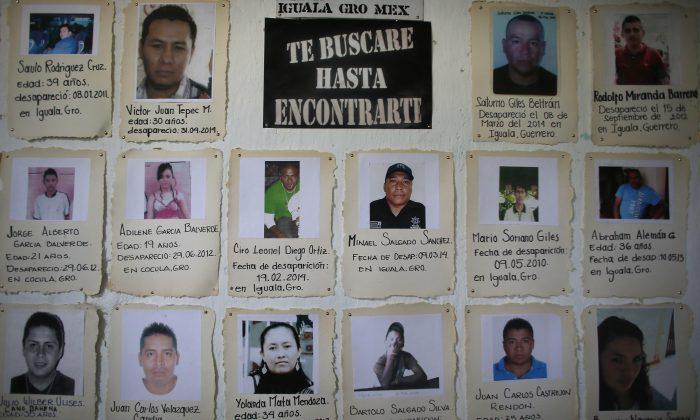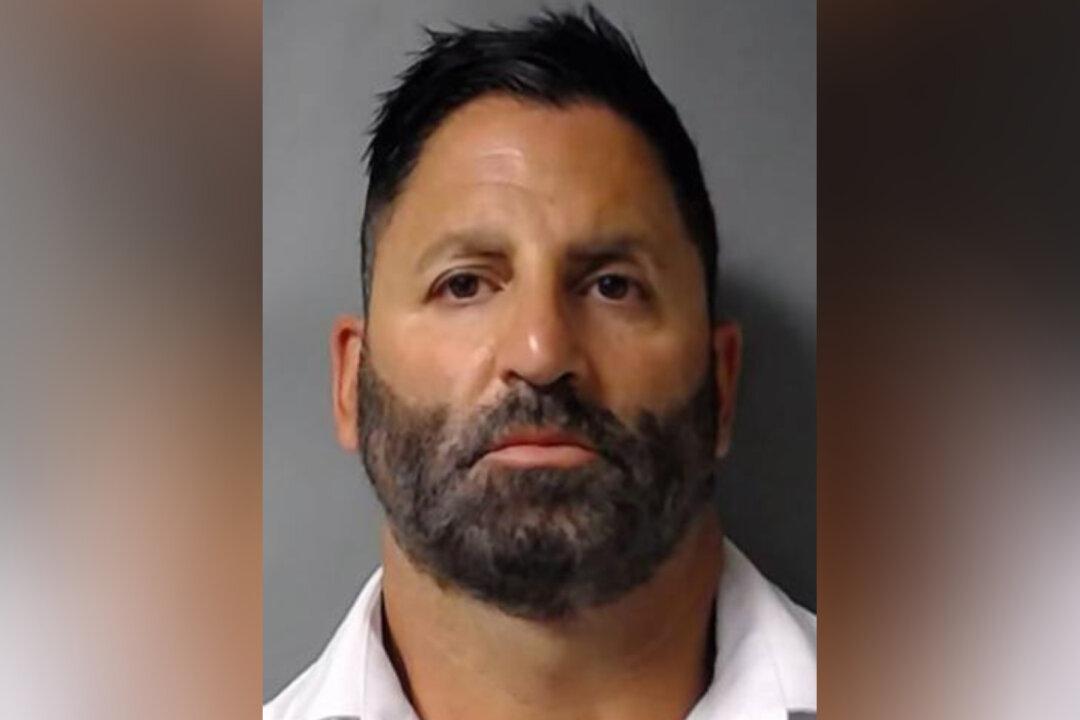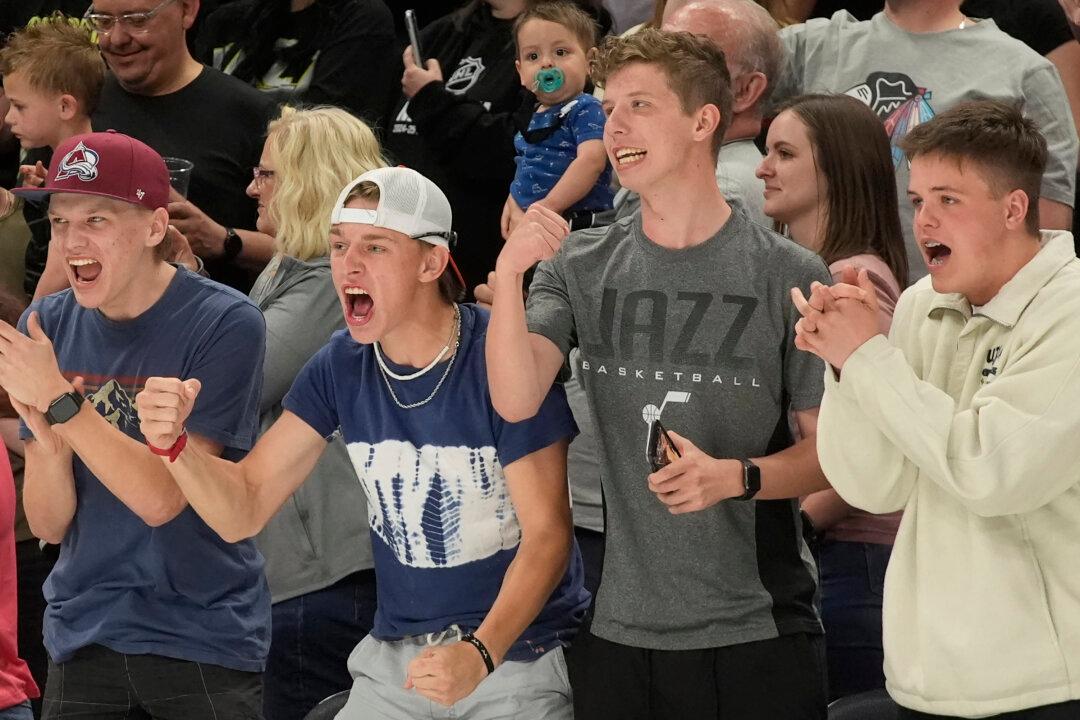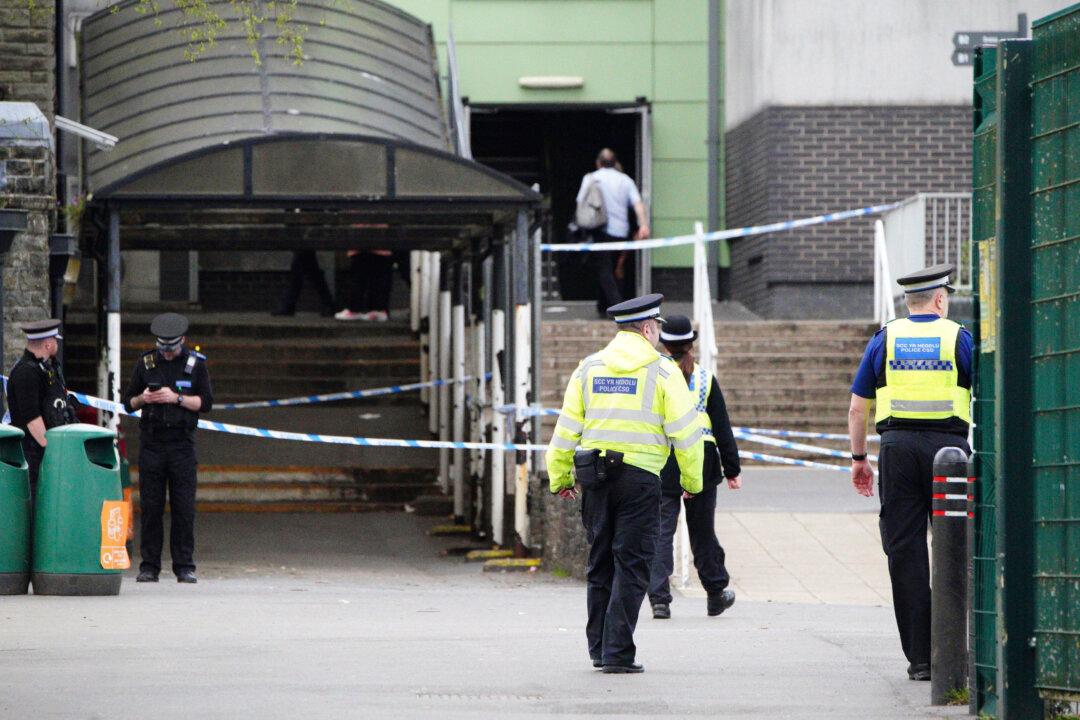COCULA, Mexico— The convoy of gunmen fanned out across the southern Mexico municipality of Cocula before dawn. Some carried names and blasted their way into homes. Others simply swept up whoever crossed their paths.
Seventeen people vanished from Cocula on that single day, July 1, 2013 — more than a year before the disappearance of 43 college students in the nearby city of Iguala would draw the world’s eyes to the mountains of northern Guerrero and to the issue of Mexico’s disappeared.
The disappearance of the students from the Rural Normal School of Ayotzinapa on Sept. 26, 2014, gave hundreds of other families who had loved ones vanish the courage to come forward, many for the first time, to report the crimes. These, they said, were the “other disappeared.”
Among them was Rosa Segura Giral, who waited more than a year to report the abduction of her 19-year-old daughter, Berenice Navarijo Segura. Berenice disappeared on that July day in Cocula, just hours before her high school graduation.
“What if I report it and my daughter is nearby and they know I reported it, they hurt her or something?” reasoned Berenice’s mother, Rosa Segura Giral.
It was not until other families began meeting at a church in Iguala last fall to search the surrounding mountains for their missing that Segura Giral finally filed a report with authorities.

More than 25,500 people disappeared in Mexico between 2007 and July 31, 2015, according to the government’s count. In recent months, The Associated Press interviewed the family members of 158 of those “other disappeared” who came to report their cases at the church, provide DNA samples and go into the surrounding mountains with machetes and steel rods to look for hidden graves.
Many were more than reluctant to be interviewed. Still fearful but also furious, they speak hesitantly of children, parents and siblings dragged away before their eyes, of those who left home for work or stepped out to buy milk and seemed to be swallowed by the Earth.
Men or boys accounted for all but 15 of the 158 disappeared and ranged in age from 13 to 60 years old, with the majority younger than 30.
The families have found 60 graves and, with the help of federal authorities, recovered the remains of 104 people. Six of those have been identified and returned to their families.
There are many possible reasons for the abductions: Recruitment to fill the cartel’s ranks with young men. Attacks on competitors. Profit from ransom money, or punishment for failure to make extortion payments. Regardless, the abductions sow fear.
Fear and the silence it induces allow the cartels to operate unhindered. Their infiltration of the police was so deep that after the disappearance of the 43 students, federal authorities arrested 66 members of the Iguala and Cocula police forces. The government investigation said the local police had illegally detained the students and then turned them over to the Guerreros Unidos gang to be killed.
Iguala is an important way station for the opium paste that is harvested high in the surrounding mountains as it begins its journey north to the United States. This geographic distinction makes it a valuable prize for the several competing drug cartels that operate in the region.
On the morning of Berenice’s graduation, her family heard the barrage of gunfire from 20 to 30 men shooting their way into the home of 23-year-old Luis Alberto Albarran Miranda and his 14-year-old brother, Jose Daniel. Cocula’s police never came out of the station 100 yards from the house, even as gunmen blasted the door open and shouted that they were federal police looking for weapons. They took the unarmed brothers away barefoot.
Less than a kilometer (half mile) to the east of the Albarran Miranda home, over a small hill and across a short bridge, armed men also shot their way into the home of their cousin, 15-year-old Victor Albarran Varela. While some relatives hid in the basement, an older brother scrambled over the wall and across the stream. He was shot in the ankle, but escaped. Victor had the bad luck to be in the bathroom when his mother herded the others into hiding, and he came face to face with gunmen looking for another brother. When they couldn’t find him, they took Victor instead, “as insurance,” his mother, Maura Varela Damacio, said.
Berenice Navarijo Segura disappeared soon after. She waited 20 minutes after the shooting subsided before hopping onto the back of her boyfriend’s motorcycle to go have her hair and makeup done downtown.
When her mother saw the convoy of pickup trucks rumble past her house on its way out of town hours later, she never imagined that Berenice and her boyfriend could be inside one of them.
“I never thought this could happen to me. Never, never, never in my life. I never thought that people wanted to harm you so much. Because it’s hurt that they cause you,” Segura Giral said softly. “A lot of hurt.”






Friends Read Free